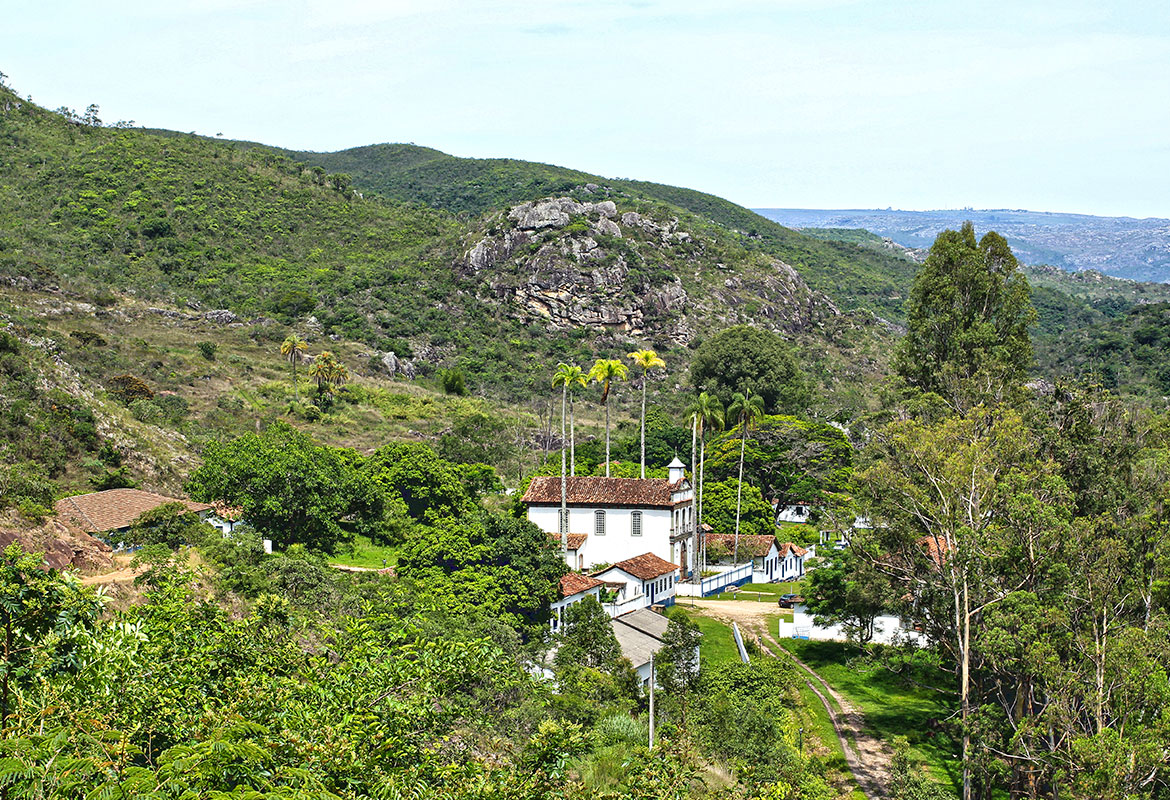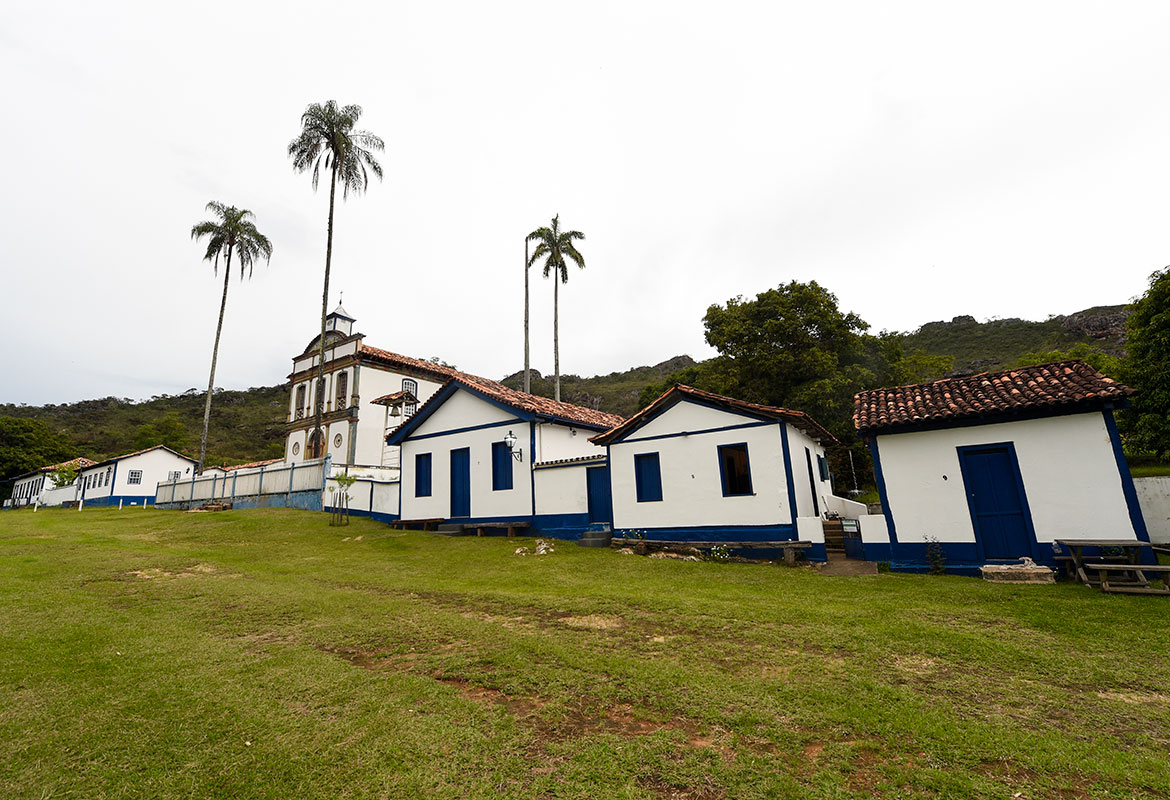A Vila do Biribiri (buraco fundo, em tupi-guarani) surgiu em função da fábrica têxtil que aqui se instalara em 1876, por iniciativa dos irmãos Joaquim Felício dos Santos, Antônio Felício dos Santos e D. João Antônio dos Santos, primeiro bispo de Diamantina.
A abertura do empreendimento tornou-se possível por uma série de fatores, como o recebimento dos terrenos por doação e a presença de quedas d’água no local (possibilitando a utilização de energia elétrica), além da instalação do Colégio de Nossa Senhora das Dores e do seu anexo, o Asilo de Órfãs, resolvendo em parte a questão de mão de obra.
A fábrica, quando de sua inauguração, contava com 45 teares e 63 operários. Pouco tempo depois, já funcionava com 110 teares e 210 operários, sendo 180 moças e o restante dividido entre homens e meninos. Parte da arquitetura da Vila tem a assinatura do arquiteto John Rose que, além de coordenar a montagem do maquinário da fábrica, projetou inúmeras residências e a Capela do Biribiri. Nesta paisagem, Rose optou pela arquitetura pitoresca, integrada ao movimento artístico Arts and Crafts.
A fábrica foi fechada em 1973 e, atualmente, a Vila é um importante atrativo turístico da região. Em 1998, o Conjunto Arquitetônico e Paisagístico de Biribiri foi tombado pelo Instituto Estadual do Patrimônio Histórico e Artístico de Minas Gerais – IEPHA.
VILA DO BIRIBIRI
The Vila do Biribiri (meaning "deep hole" in the Tupi-Guarani language) emerged as a small hamlet when a textile factory was established in this area in 1876. The enterprise was founded at the initiative of three brothers, namely Joaquim Felício dos Santos, Antônio Felício dos Santos, and D. João Antônio dos Santos, the first bishop of Diamantina.
The opening of the enterprise was made possible by a series of factors, such as the donation of the land and the existence of bodies of water in the area (enabling the use of electric power). Also, the establishment of the Nossa Senhora das Dores School and its annex building, the Asylum for Orphans, helped to attract the workforce.
When the factory started, it had 45 looms and 63 workers. Shortly afterward, it already operated with 110 looms and 210 workers, of whom 180 were young women. Part of the village's architecture is the work of architect John Rose, who, in addition to coordinating the installation of the factory's machinery, designed numerous houses and the Biribiri Chapel.
In this landscape, Rose opted for picturesque architecture, integrated with the Arts and Crafts artistic movement. The factory was closed in 1973 and currently the village is an important tourist site in the region. In 1998, the Architectural and Landscape Complex of Biribiri was listed as a protected historical heritage by the Institute of Historical and Artistic Heritage of Minas Gerais – IEPHA.
Localização: Zona de Amortecimento do Parque Estadual do Biribiri
Distância: 14,5 Km
Taxas: R$ 20,00 por pessoa
Contatos: Vila Biribiri - Instagram: @vilabiribiri
Horários:
Mapa:

 Estrada Real
Estrada Real


